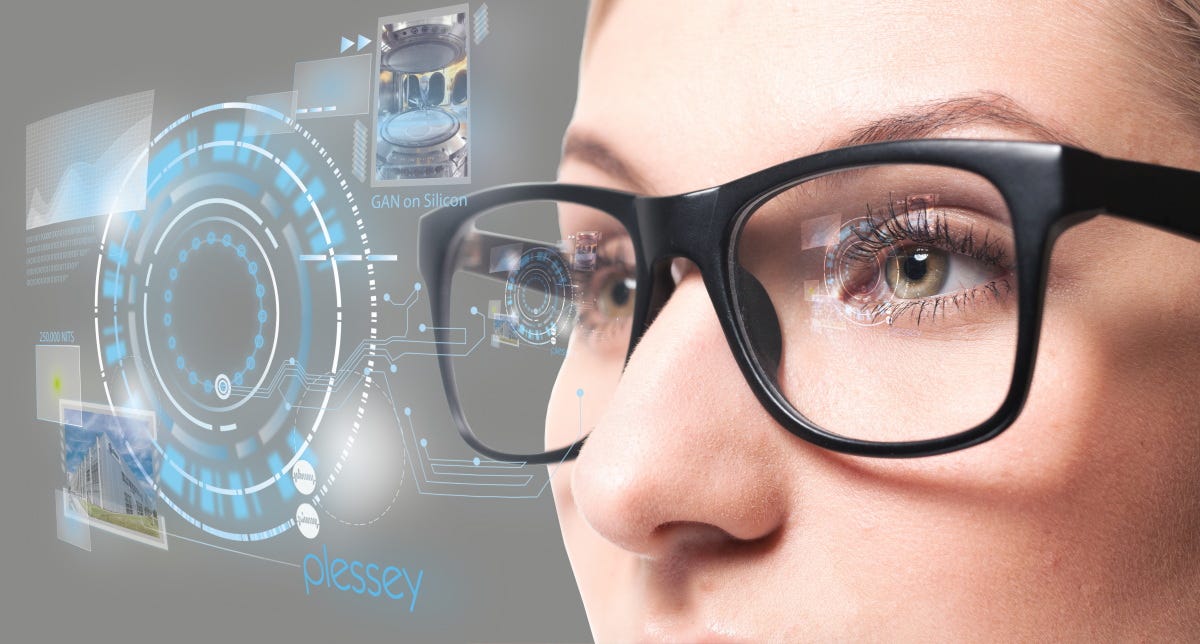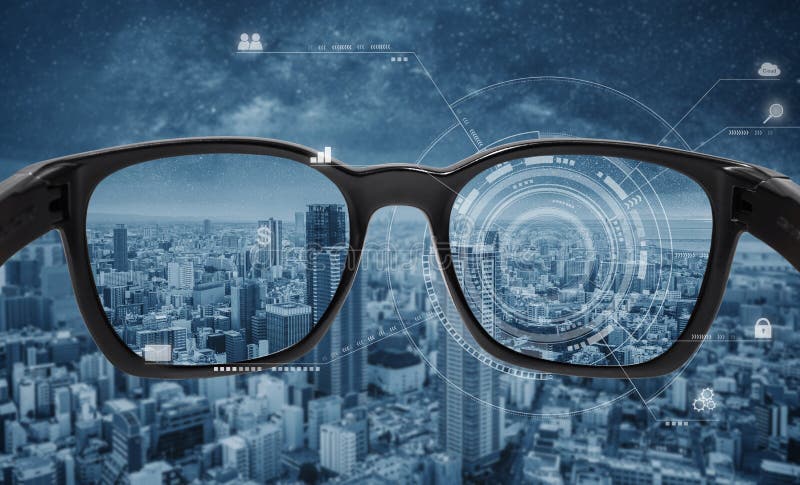The Different Types of Smart Glass
Smart glass is a type of display material that can change from transparent to
translucent to display promotional messages or videos ฟิล์มอัจฉริยะ. It is fabricated using
specialized functional interlayers, including electronics, liquid crystal, adhesive
layers, and laminates. The capabilities of smart glass depend on the type of active
layer that is incorporated into the glass. This article focuses on Suspended-particle,
Electrically-controlled, and Switchable smart glass technologies.

Electrically-controlled glass
Electrically-controlled glass is a relatively new technology that is rapidly gaining
popularity. Its advantages include the ability to control the tint and heat inside a car.
As the world moves towards self-driving cars, this technology will become
increasingly important ติด ฟิล์ม กระจก บ้าน. These vehicles will be part of a fleet, and customization will
be important. In this article, we will explore some of the features and advantages of
electrically-controlled glass.
Electrochromic glass is available in several shapes. In terms of control, SageGlass’s
proprietary algorithms allow for a wide range of settings. The company can
integrate its controls into an existing building automation system or allow users to
manually alter the tint level via a wall panel. A mobile application enables users to
change the tint level on the go, too. The technology is incredibly convenient to use.
It is backed by 352 years of building science expertise from Saint-Gobain.
Electrochromic glass
Electrochromic glass is a type of smart glass that changes its tint when stimulated
by an electrical current. It helps to control heat and light transmission, and has
many benefits for our health and the environment. We no longer have to use blinds
or curtains because this smart glass changes color according to the level of energy
in our environment. Another great feature of electrochromic glass is that it can
lower energy bills by 20%. This makes it an excellent choice for buildings that are
concerned with the environment or want to reduce glare.
Smart glass is often made of layers of polycrystalline tungsten oxide or lithium
cobalt oxide. They stay opaque until an electrical charge is applied to them. Smart
glass can also be made with special liquid crystals to change the appearance of
light, providing a translucent look in some situations. These ions can then migrate
and create a reflection or a light that is reflected. This smart glass has a long list of
benefits, but it has some drawbacks that can cause it to be used for privacy and
aesthetics in other applications.

Suspended-particle glass
Suspended-particle smart glass is an example of a type of thermochromic material.
Its properties can be manipulated by electrical potential. For instance, it can be
engineered to change the amount of heat energy that can penetrate it. This allows it
to be used in a variety of heating and cooling designs. There are three common
types of smart glass: electrochromic, suspended particle, and polymer-disperse
liquid crystal. Electrochromic films are made of tungsten oxide, a transition metal
known for its electrochromic properties.
Suspended-particle smart glass (SPG) is a type of smart glass that functions by
adjusting light and heat transmission. There are several different technologies for
this type of glass, including micro-blinds, polymer-dispersed liquid crystals, and
suspended-particle technology. These technologies are available both as standalone
products and retrofit solutions. These innovative materials are designed to fit in with
existing glass.
Switchable smart glass
The Switchable (PDLC) Smart Film and Glass are two examples of innovative new
products. Switchable Smart Glass is transparent or opaque depending on how the
device is operated. When clear, the Smart Glass displays a light haze caused by
small droplets that reflect light. The Smart Film can be used for a variety of
applications, including windows and doors. The Glass is transparent when powered,
while opaque when not powered. It can also change from transparent to reflective
depending on voltage.
When purchasing switchable smart glass, it is important to find a supplier that is
certified and trained. There are many companies who offer smart film and glass, and
you should make sure that the installer is well-versed in the installation process. This
is because some of these professionals are better able to install smart films than
others. You should seek out a reputable contractor or consultant, who can provide
you with recommendations on products and services.





